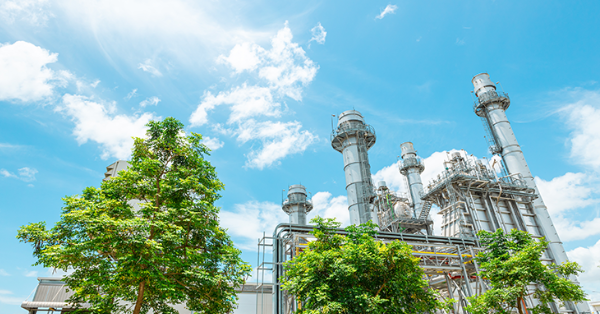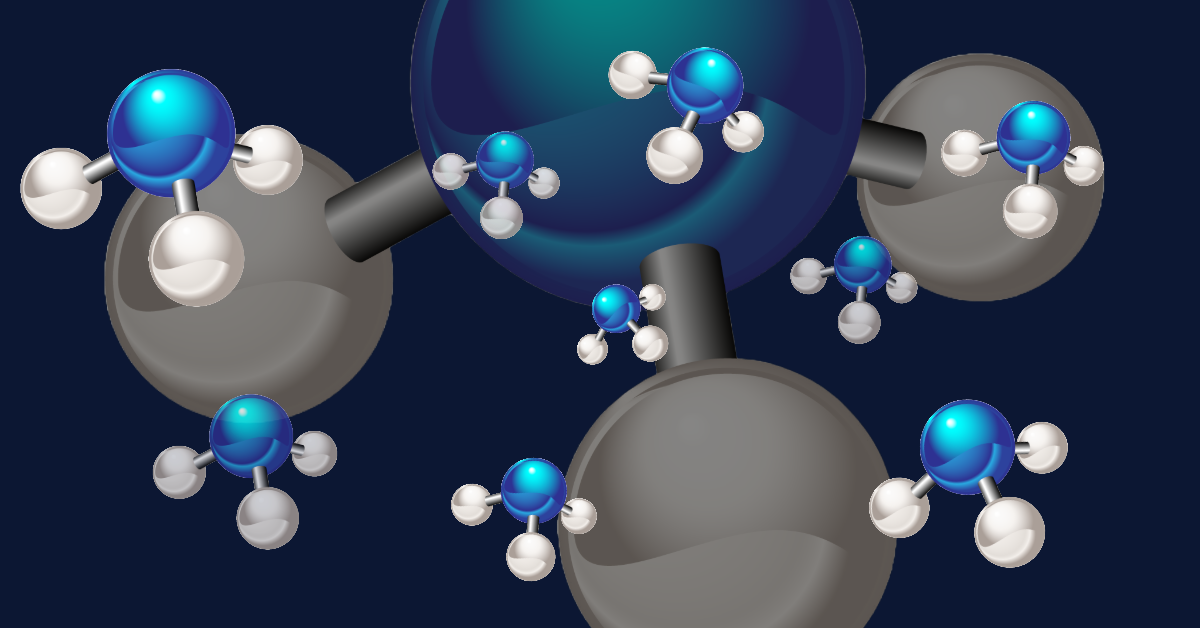Unlocking the Potential of Low Carbon Gases
The world is facing an urgent and inevitable challenge: combating climate change. In the pursuit of sustainable energy solutions, the integration of...

The energy industry is currently experiencing challenges with security of supply, a lack of carbon free dispatchable energy, long-term energy storage, and increased price volatility. One proposed answer to these woes is hydrogen. But let’s take a step back. Why is the energy industry facing these challenges? In this blog, we’ll discuss the events and factors that have driven the industry to this point, and why hydrogen may be a viable solution. Then, in part 2 of this blog series, A Hydrogen Future: Benefits and Challenges of an Emerging Hydrogen Economy, we discuss the benefits of hydrogen solutions, and the challenges associated with the introduction of a hydrogen economy.
If we look back at the relatively recent past, it was not long ago that renewable energy sources like solar and wind were very much emerging. The technology was not fully developed, costs were prohibitive, and stakeholders were speculative about the scalability of these generation resources. Now, renewable energy sources make up a significant amount of the global electricity supply mix – accounting for approximately 30% of total generating capacity.
While this shift is required to meet global carbon reduction targets, the increased penetration of renewable energy has had a cascade effect on the industry. Renewable energy is inherently intermittent, and non-dispatchable. Humans simply aren’t capable (at least yet) of controlling the weather – causing the sun to shine or the wind to blow. As a result, solar and wind power don’t always generate electricity when we need it. And sometimes, they are generating when we don’t need electricity, which causes a need for them to be curtailed.
As renewable energy scaled up, coal units were forced to retire. Coal units, which had typically been baseload assets, were much older, had slower ramping times and produced a lot of undesirable effluents which simply put these units out of the money. Additionally, as carbon reduction targets have increased, coal has run into policy constraints. Instead, hydro and increasingly natural gas have been used to balance out the intermittency of renewable generation.
What occurred in the past 20 years or so, essentially the beginning of the energy transition, continues into the present – renewable penetration is steadily increasing, grid operators continue to experience challenges with reliability and dispatchability, and coal continues to be phased out. Now, let’s add some further variables to the mix.
As the focus on addressing climate change and decarbonization increases globally, what we’re now seeing is governments pushing to electrify everything. There has been a substantial increase in electrification of transportation, building, and water heating - both residentially and commercially. The result will be a convergence of the gas and electric industries. The benefit of this is the centralization of industries. However, the challenge is, this shift is increasing the load on electric grids substantially – electric grids which were already struggling to meet peak loads with intermittent resources and a lack of dispatchable electricity.
At times, for instance during extreme weather events, load increases substantially and renewable generation is not viable due to lack of sun or wind – this can cause electricity prices to skyrocket. On the flipside, if there’s too much renewable generation and not enough load to utilize it, prices go negative. The result is increased price volatility, which will only be compounded by the growth of electrification. One answer to this problem is battery storage, which would allow us to harness excess renewable generation during low load hours to be utilized during peak times.
You may recall that in the past, as renewable energy began to account for more and more of the generation stack and coal units started to retire, reliance on natural gas as a peaking resource to balance out renewable energy increased. Now, we add geopolitical events like the Russian-Ukrainian war into the mix, and we experience natural gas shortages, which in turn result in extreme price volatility, curtailment of key industrial sectors, and potential loss of life. This brings an increased focus on energy resiliency and security to governments around the world, as it becomes more and more apparent that the energy mix as it is today does not provide the adequacy or security that is required.
Now, let’s consider the future. The energy transition is almost certain to continue, which means renewable penetration will continue to grow, coal will continue to phase out, and load will continue to increase with electrification. As this all occurs, if we want to ensure we’re not too heavily reliant on natural gas to balance things out – which is still not carbon neutral, and as we’ve seen is vulnerable to geopolitical forces – then we will need a solution to fill some of the gaps. Hydrogen is one possible solution.
Hydrogen can be produced via electrolysis, and electrolysis can be powered by renewable energy. When used as an electric fuel source, hydrogen produces no carbon emissions. Additionally, hydrogen can be stored in gaseous or liquid forms, and in naturally occurring geological formations like salt caverns. This means hydrogen can allow us to maximize renewable energy production. Green hydrogen can be produced during periods when renewable generation would otherwise be curtailed, and then it can be stored for use during periods when renewable energy generation capacity falls short. Additionally, adding another resource to the mix provides some diversity of supply, increasing the resiliency and security of energy systems.
The energy industry is currently facing some significant challenges. In this blog, we’ve looked at the events and phenomena both past and present which have contributed to them and introduced hydrogen as a potential solution. In part 2, A Hydrogen Future: Benefits and Challenges of an Emerging Hydrogen Economy, we dive deeper into the ins and outs of hydrogen – exploring the pros, and the unknown challenges that may arise.

The world is facing an urgent and inevitable challenge: combating climate change. In the pursuit of sustainable energy solutions, the integration of...

In our recent blog, The Hydrogen Story – How we Got Here,we examined the technologies, events, and phenomena that have caused us to arrive at the...

What is (green) ammonia? Ammonia (NH3), recognized for its pungent nature, is indispensable for the production of agricultural fertilizers and...